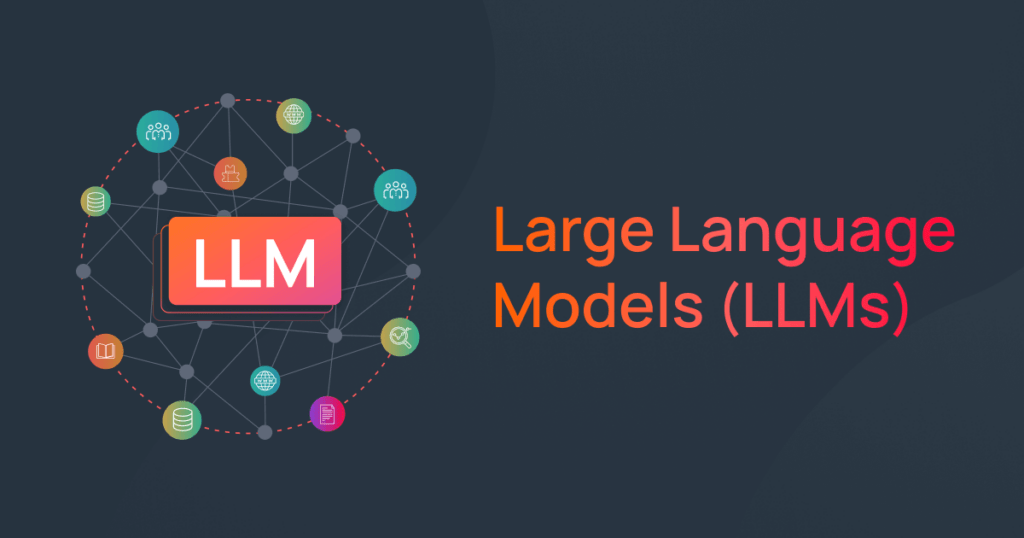The publication of OpenAI’s ChatGPT 3.5 has caused a significant amount of attention to be paid to large language models, also known as LLMs. Since the very first users interacted with the chat interface, there has been a great deal of curiosity in the tech community over how this may be merged into the software business and in LLM APIs.
A machine learning model that is capable of performing a variety of Natural Language Processing (NLP) tasks, such as the creation of content and the translation of textual content from one language to another, is referred to as a Large Language Model or simply LLM. Linguistic Model for Dialogue Applications (LaMDA) is an example of a family of LLMs specialized for dialogue and was claimed to be the best chatbot of its time.
LLM Language Model Applications- Realizing Full Potential
Today, we will delve into the interesting realm of applications that fall under the Large Language Model (LLM) category. Many of you don’t know about the booming global AI market. It will reach $ 420,465.53 million by the end of year 2024 (Statista). Get ready as we delve into the process of developing these powerful language models like AI LaMDA, and the applications they have in the real world.
Fundamentals of Large Language Models
Large Language Models are sophisticated artificial intelligence systems meant to comprehend and produce human language. Some examples of well-known LLMs are the CHATGPT-3, the BERT, and the Codex developed by OpenAI.
- LLMs Are Built on The Foundation Of Training Data
When it comes to the development of a robust Large Language Model, the quality and quantity of training data are the most important factors. The training of these models takes place on a wide variety of complex and comprehensive datasets, which include everything from websites and social media posts to academic literature and news items.
- Tailored for Particular Applications
The capability of Large Language Models to be fine-tuned for certain applications or tasks is one of the advantages that these models possess. Developers can tailor the LLM to excel in a particular domain by further training it on domain-specific data or task-specific parameters.
For example, chatbots for customer support use Generative AI, content production, or code generation are all examples of areas that can benefit from this customization.
Building LLM Language Model Applications: A Step-by-Step Guide
Follow these steps to get started with LLM:
- Collecting and Preprocessing Data
The first thing that has to be done to construct an LLM application is to collect and beforehand process the training data. This requires the collection of a wide variety of text data that is pertinent to the application’s domain, as well as the preprocessing of the data through tokenization, cleaning, and formatting to guarantee uniformity and quality by removing noise and inconsistencies when they are present.
- Choosing A Model and Getting Trained
It is time to select a pre-trained Large Language Model, such as GPT-3 or BERT, to serve as the foundational model for your application. Applying techniques such as transfer learning; you should fine-tune the model on your particular dataset to fit the language-generating capabilities of the model to the activities that you want it to perform.
- Evaluation and Testing
After the model has been trained, its performance should be evaluated on validation datasets, and thorough testing should be carried out to guarantee that it is accurate, coherent, and relevant throughout the process. Iterate on the process of training the model as required to enhance its skills in terms of language creation.
- Deployment and Optimization
Last but not least, you should deploy the trained Large Language Model into your application environment and continually check its performance. The parameters of the model should be optimized, and the training data should be fine-tuned, to improve the quality of the language production over time.
LLM Language Models – Real-World Applications
There is a wide variety of practical uses for large language models, which can be found in a variety of industries and businesses. Instances of frequent use cases include the following examples:
- There are many different types of content production assignments, some examples of which include writing poetry, writing product descriptions, and writing blog entries.
- The utilization of artificial intelligence models that are based on conversation is done to power chatbots and virtual assistants to provide customer care.
- Assisting software developers in the realm of coding and writing code snippets are both examples of what is meant by the term “code generation.”
- There are other use cases like content generation, sentiment analysis, translation and localization, search and recommendation, and many more.
Programs for AI – ML Expertise
One can easily acquire useful skills in the business of artificial intelligence. remotely from any location in the world by participating in several online AI certification programs, which offer several learning possibilities that are both flexible and accessible.
- Stanford and Harvard are among the top international universities that offer AI courses.
- Whether you are a beginner or an experienced practitioner looking to upskill, top AI and ML certifications from USAII® are the best suited that resonate with your AI career goal.
Final Thoughts
We have come to the end of our exploration into the applications of Large Language Models. It is essential to keep in mind that these effective AI systems have the potential to transform how we interact with the world of language and technology. Therefore, do not be afraid to utilize the power of Large Language Models and open up a whole new world of opportunities.



